Dear friends, in the previous post we built our own blog with Web Hosting on Synology (see http://post.smzdm.com/p/536454/), which can be implemented on the intranet with an IP address + The port number was accessed in the form of. However, this obviously does not satisfy everyone's needs. What we need to do now is to bake blogs and allow our friends to access our blogs through the Internet.
First, prepare articles Before the official start, we can do the following preparations:
1. Confirm whether the broadband at home is a public network IP. The easiest way is to directly call the operator's customer service. Before I called Telecom No. 10000, I asked if my home IP is a public network IP. The customer service answered: “Not a public network IP, do you need a public network IP? We can open it for you. ." One phone solved the problem of public network IP.
2. Apply for a top-level domain name. Do you have to have a web address to visit your own blog? This URL can be either a DDNS free second-level domain name or a top-level domain name. However, individuals always feel that the DDNS free second-level domain name is not very good-looking. At present, the top-level domain name is also cheap. Why not apply for one? Casually looking for domain name registrar: Western Digital, Wan Wang, Ali cloud and so on. .top .xyz .cn are very cheap. .cn is more than 10 yuan a year, .top is only 4 yuan a year. After you apply, you can use the form of www.XXX.cn to access your blog. The cost is a few dollars a year. Personal feeling is still worth it. And this top-level domain name can also be used for remote management of Synology.
Second, apply for peanut shell DDNS service Briefly why apply for ddns service. Because home broadband IP is usually not fixed, you have no way to access your Synology via IP. The role of DDNS is to associate your home’s changing IP address with a second-level domain name provided by a DDNS service provider. In this way, as long as you visit this second-level domain name, DDNS service allows you to find the way home.
There are many DDNS service providers, such as peanut shells and nat123. In fact, Synology has its own DDNS service, but it is slightly slower. Here I choose the peanut shell, because many domestic routers have built-in peanut shell client (TP-LINK, ASUS and other routers also have their own DDNS service, but also quite stable). Below, I take the example of Huawei's home glory PRO to illustrate how to set up DDNS on the router.
1. To peanut shell official website, registered users. Http://hsk.oray.com. The registration method will not be described in detail. It is very simple.
2. Open the router management page.
Enter the router IP in the IE address bar and log in (user name and password are usually printed on the back of the router). Take Huawei Honor PRO as an example. This is the case after logging in.
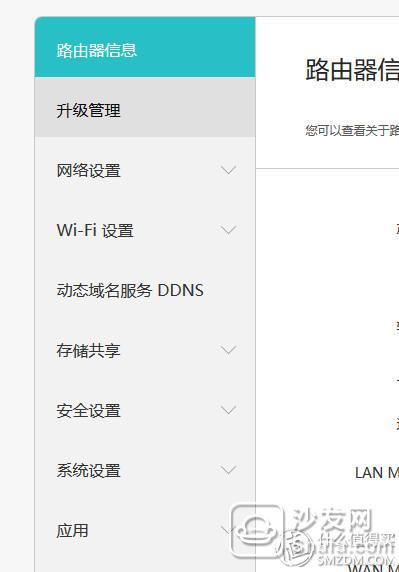
Click on the dynamic domain name service DDNS, then enter the secondary domain name just registered in the peanut shell, as well as the user name and password, and click Save.
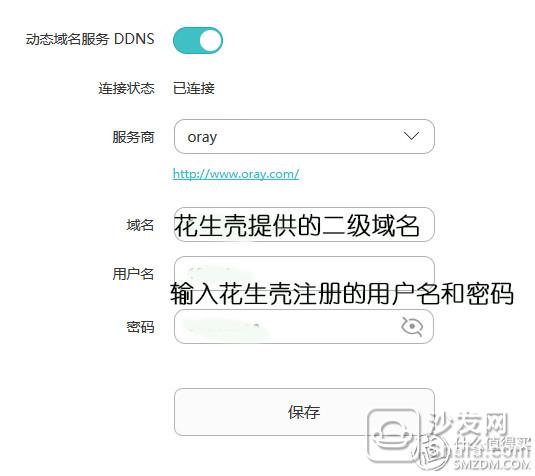
PS: The above is the DDNS set in the router. In fact, DDNS can also be set in the group. No more details here.
Third, set the port mapping In the router management page, find the appropriate settings. As my route is this:
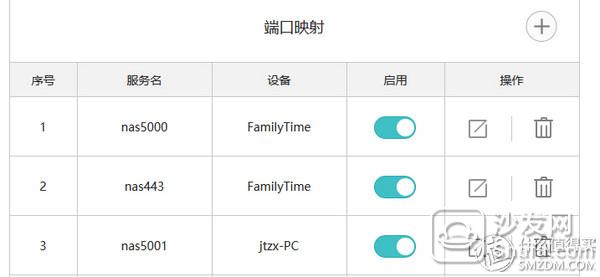
The specific setting method is very simple, you find the relevant page, a look to understand. What we need is to map port 443.
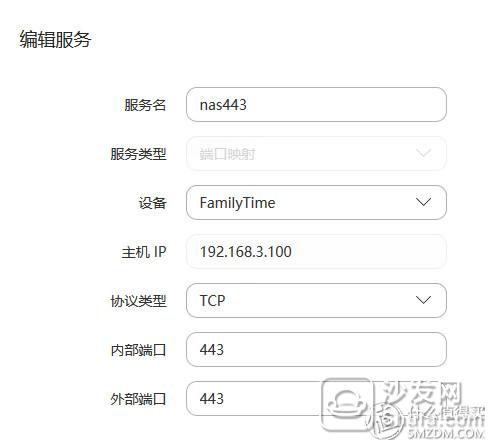
Why do such port mappings? Simple location: The first thing your external network accesses is your router. You need to map the corresponding port from the router to your group. When the router receives the request from this port, it will point you to the group's blog.
Why is the 443 port? In theory, we should map port 80. Because when you enter the URL: http:// URL, the default is to open the 80 port, but Telecom has already closed the 80 port of the home broadband. To access your group Hui only through other ports. This is a very embarrassing thing, which makes our blog address into the form of URL + port number. Fortunately, Telecom did not close port 443. So, we can access our blog in the form of https:// URL (https://open by default is port 443).
Fourth, set the blog port in the web station.
do you remember? In the previous article, we used the 89 port to visit the website for testing convenience. Now we will change it to 443. Open the web host entry in the web station and double-click on your website to edit it. Modify it like this.

Now enter: https://DDNS domain name to access it on the extranet. And it is without a port number. But it's a bit unpleasant that the browser will prompt insecure links and the solution is to install an SSL certificate. Of course, if you don’t mind, it’s all right here.
V. Applying for a free certificate At present, there are not many service providers offering free certificates, and it is recommended to apply for Tencent Cloud.
Application address: https://?utm_source=pcsem1&utm_medium=bdgj3586&utm_campaign=baidu
The application method is very simple and can be done step by step according to the website prompts.
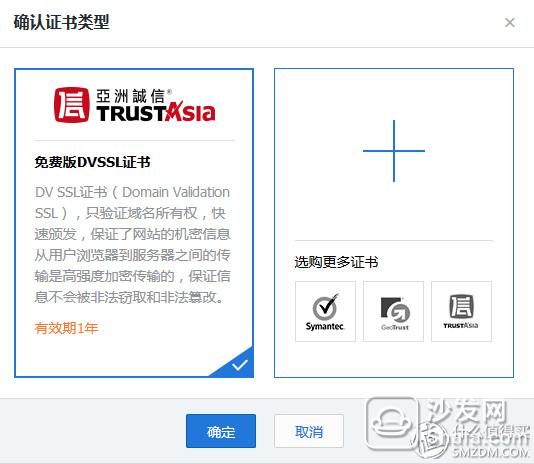
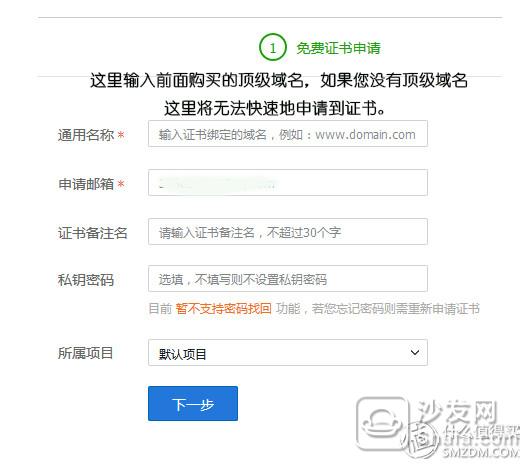

Step by step. Successfully downloaded the certificate to your computer.

Sixth, install the certificate in Qunhui
Enter Synology Management Control Panel - Security - Certificate - New
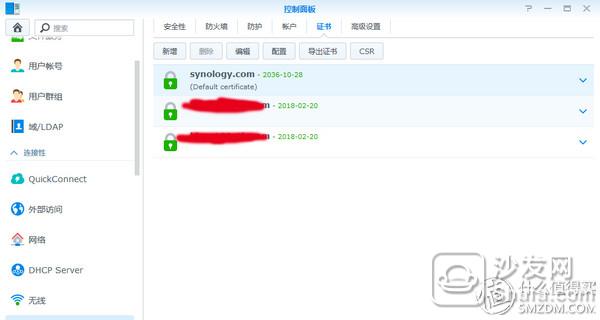
Import the newly downloaded certificate
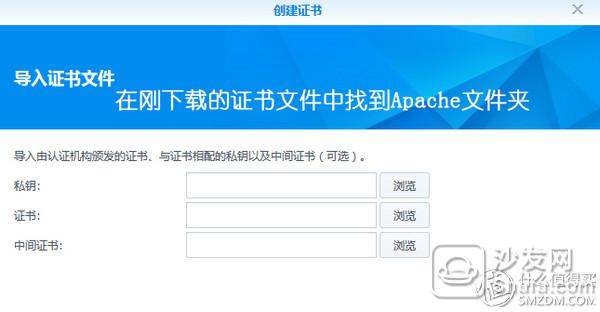
The files inside are imported from the top to the bottom in the order of 321.
At this point, you can use the https://DDNS second-level domain name to access your blog.
Seven, binding top-level domain names.
Enter the domain name service provider management background, find the domain name resolution, do a cname resolution. As shown below.

OK, now is the last step.
Please go back to Synology's web hosting settings panel and change your hostname to your top-level domain name (previously your DDNS second-level domain name) so that you can access your blog with a top-level domain name.
With this method, you can create multiple blogs on Synology. With CMS website establishment procedures, such as: phpcms, dedecms, etc., you can also use your own group Hui to create a website.
Written at the end:
Codewords, screenshots are very hard, get 2 hours. Due to the limited level, mistakes and omissions are inevitable. If you don't want everyone to enjoy the game, you just found out that Fahui has such fun features and wrote it out with everyone. Jurisprudentially, expecting more masters and gods to join the ranks.
7.5 Mm Nano Tip,Smart Pen Infrared,Infrared Pen Touch,Slim Infrared Pen
Shenzhen Ruidian Technology CO., Ltd , https://www.wisonen.com
